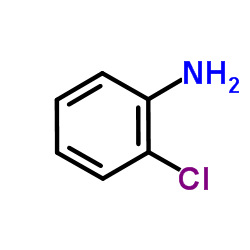| Structure | Name/CAS No. | Articles |
|---|---|---|
 |
2,4-Dichloroaniline
CAS:554-00-7 |
|
 |
2-Chloroaniline
CAS:95-51-2 |